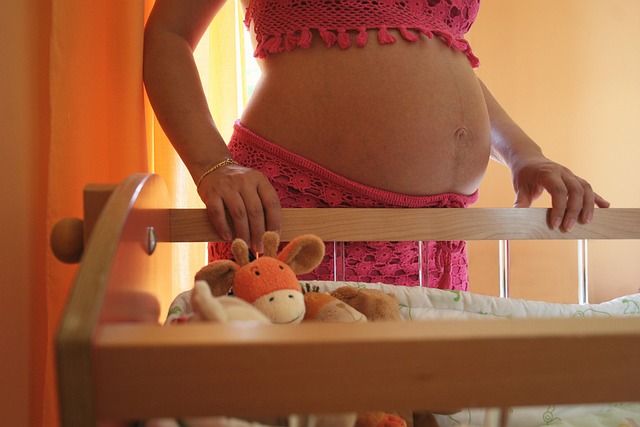This summer, my husband and I started calling our 9-year-old daughter “The Sloth.” While it may sound harsh, it’s not entirely inaccurate. Our younger daughter has never been one to be active; even in kindergarten, she preferred coloring over games like hopscotch and cartoons over kick-the-can. She’s definitely more of an indoorsy type. The thought of getting dirty or sweaty is appalling to her, and she wilts in the sun like a delicate flower.
This summer, however, things have escalated. Not only does she insist on spending her entire break playing Minecraft and diving into comic books, but she also becomes vocally resistant whenever we suggest alternative activities.
- “It’s too hot to jump on the trampoline,” she complains.
- “I hate hiking; there are way too many bugs!”
- “The swimming pool is always packed. I’m not going!”
In previous summers, we could coax her into outdoor fun, and with just a little encouragement, she’d eventually join in and enjoy herself. But this year, we’ve got The Sloth on our hands. My husband’s solution? He signed her up for biweekly tennis lessons—private and not cheap. Typically, as the stay-at-home parent, I’m the one who drives her to these.
Initially, the lessons weren’t too bad. She would moan a bit, close her laptop reluctantly, and take her time getting dressed. But then the eye rolls began. By mid-summer, she was audibly groaning, storming up to her room, and slamming dresser drawers while searching for her tennis gear. The car rides to the lessons were filled with sullen silence, but by the time we reached the courts, she would manage to pull herself together.
“She’s such a sweet girl,” her tennis instructor remarked. “She always listens and follows directions without any fuss.”
Ha! If only she knew the effort it took to get her there. Agreeable? Not so much when it comes to her parents.
Last week, I handed her a hairbrush, announcing it was time to prepare for tennis. She scowled, yanked the brush from my hand, and stormed upstairs. Suddenly, she halted, pivoted, and flung the hairbrush down the staircase in a fit of rage. The impact shattered it, creating a loud crash that brought our dog, cat, and her sister running.
“What on earth?” I shouted, my temper flaring. She stood there, fists clenched, her eyes wide and quickly filling with tears. It was clear she was as shocked as I was by her own outburst.
“It was an accident,” she insisted.
“No, it definitely wasn’t a mistake! I saw you do it! You threw that on purpose!”
She shook her head, crying more earnestly now. “It was an accident! I swear! I didn’t mean to do that. I just… I don’t know why I did it…”
“Get dressed and get in the car,” I commanded, my voice firm. “Now. We’re running late.”
The ride home was silent, but my mind was racing:
This is your gentle child. The one who abhors conflict and prefers harmony.
This is your sensitive girl, the one who loves kittens and cat videos on YouTube.
So who is this furious child, launching objects in anger?
As she practiced her backhand on the court, I called my husband. “What is happening to her?” I cried, pacing the parking lot. “She’s never behaved like this before! She was so furious, completely out of control. I think she even frightened herself.” He was busy at work but promised to talk later.
“She did great today,” her instructor said, handing me her racquet as we left the court. In the car, she nervously bounced the racquet on her knees, staring out the window.
Later, I brought her a warm towel after her shower, entering the bathroom as I typically do. “Here’s a warm towel. Just don’t toss it on the floor when you’re done, okay?” I barely caught the swift motion from the corner of my eye as she crossed her arms, turning her back to me and muttering, “Okay, thanks.”
This is my 9-year-old daughter, and I feel so naive. You’d think I’d have learned from my older daughter, who’s four years ahead of her, but here I am, still bewildered. I’ve already navigated these tumultuous emotions twice—once for myself and again for my older child. You’d think I would remember how early these changes begin for girls in our family. My eldest got her period in the fifth grade, leaving me stunned and unprepared. I had armed her with the essential tools—books and information—yet she didn’t want to discuss it. My sister received hers in fourth grade, terrified she’d soiled herself because our mother hadn’t prepared her for such things. How do you brace your daughter for these confusing and adult issues when she’s still in the fourth grade, learning to craft a perfect paragraph and on the brink of understanding long division?
I’m not sure. I dial my husband’s number and whisper, “Puberty. Buckle up.”
In summary, parenting a child on the cusp of puberty can be a rollercoaster of emotions. The transition from childhood to adolescence brings confusion and unexpected outbursts. It’s essential to remember that even the most gentle and agreeable kids can have moments of intense frustration, making communication and preparation critical.
Keyphrase: “parenting during puberty”
Tags: home insemination kit, home insemination syringe, self insemination
